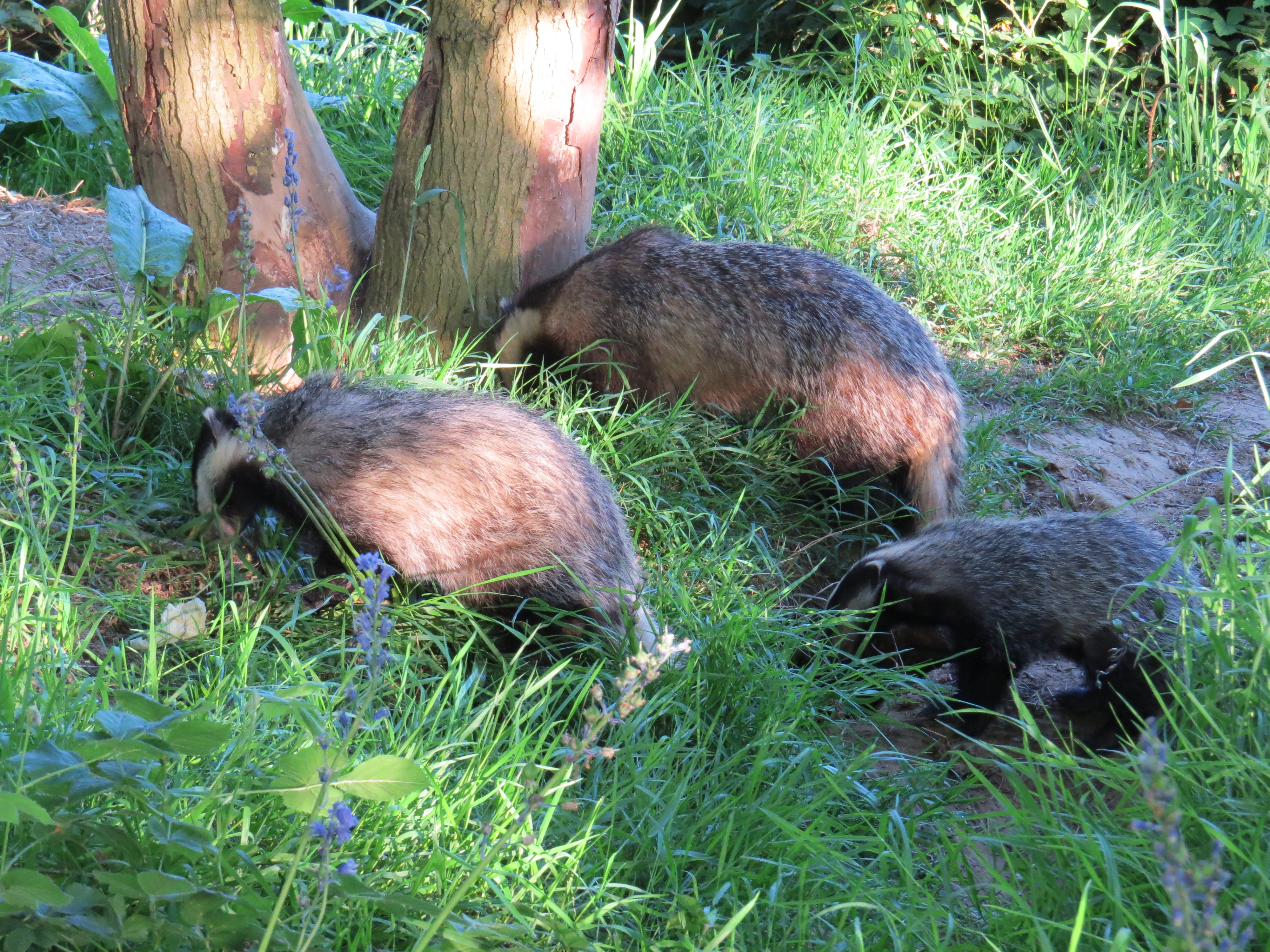News
Julius Bright Ross finds remarkable diversity in badger energy budgeting through his DPhil research
The pace and scale of climate change in the twenty-first century, while disastrous in conjunction with other forms of human-induced rapid environmental change, is not out of the norm in geological time. While naturally-occurring short-term climate fluctuations of similar magnitude do drive some populations and species to extinction, many extant species bear the evolutionary history of dozens of severe climate change events. WildCRU researcher Julius G. Bright Ross, who successfully defended his DPhil thesis on July 15th, set out to investigate one facet of the built-in resilience of wild populations to rapid change: individual differences in energy budgeting.
The humble European badger (Meles meles) rarely graces the leaderboards of charismatic fauna, but exhibits several helpful features for studying energy budgets. First, badgers can live at very high densities for a carnivoran of such a size, reaching over 40 individuals per km2 in Wytham Woods, where WildCRU’s long-running badger project is based. Second, they undergo extreme changes in body fat across seasonal changes in energy requirements, nearly doubling their body weight in preparation for winter torpor. These two features provide the scope for studying energetic heterogeneity, but that heterogeneity will only persist in a population if it provides an advantage in the long run.
Julius found that, indeed, what constitutes an “optimal” badger depends on myriad contextual factors at both the population and individual level. Through a 29-year demographic analysis of the Wytham badger population published in Global Change Biology, he uncovered sex-specific determinants of the pace at which badgers lived their lives, changing substantially as the population more than doubled in size over time. Also using historical data from Wytham, Julius found that badgers exhibit substantial variation in body-fat storage above a minimum fatness “safe-zone threshold” that changes depending on weather severity and individual life-history characteristics (published in Climate Change Ecology). To enable these analyses, Julius developed improvements to the minimum number alive estimator of population density, taking into account variable trapping efficiency (currently under review at Mammalian Biology).
At finer timescales, individuals can differ in how they use the limited energy they have available on activity and other energy sinks. In partnership with Professor Andrew Markham (Oxford Department of Computer Science) and the Energetics Research Group at the University of Aberdeen, Julius used bespoke tri-axial accelerometers to study energy expenditure associated with activity and doubly-labelled water to quantify total energy expenditure. He found that not only do individuals differ in their energy expenditure patterns (and what fraction of total energy is spent on activity), but also that this relates to a badger’s current body condition and in turn affects their future body condition. These large inter-individual differences provide the mechanism for population-level variation in energy budgeting, and are important to understanding how individuals may differ in their ability to cope with unexpected climatic changes.
Julius spent the summer after submitting his DPhil at the Property and Environment Research Center in Bozeman, MT, starting up a new line of research with Lion Landscapes. Throughout the rest of 2021, he will be continuing that research first from Oxford and eventually the Ruaha Landscape in Tanzania, evaluating the effects of long-term cost-reduction and benefit-transfer interventions on local opinions of large carnivores. Ultimately, this project and connected efforts will provide robust baselines and comparative data to enable evaluation of projects across the globe that aim to reduce human-wildlife conflict.
-
 ©Alex White
©Alex White





